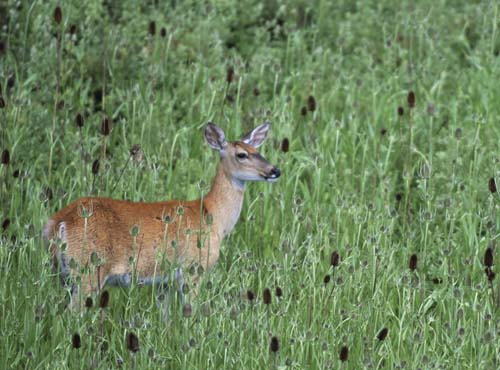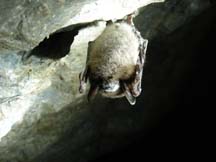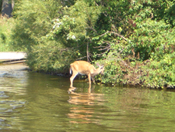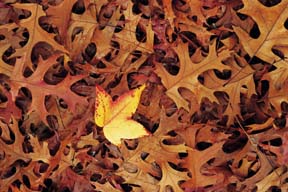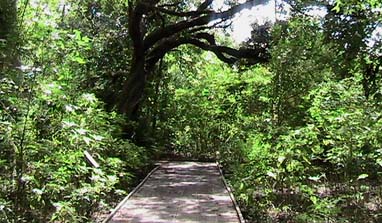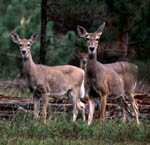Epizootic hemorrhagic disease (EHD) was reported in white-tailed deer in Maryland last week, but it seems likely that the outbreak will be short-lived. Biting midges, or no-see-ums, transmit the disease-causing virus, and outbreaks generally end with a hard frost.
Western Maryland, where the two cases of EHD were reported, received about six inches of snow this weekend. That should end the biting midges’ party for the season.
Read the article on the outbreak in the Hagerstown Herald-Mail.
I couldn’t find a Maryland Department of Natural Resources press release on the outbreak, but the department does have an EHD fact sheet on-line.
As the Herald-Mail article mentions, Chronic Wasting Disease (CWD) is a much bigger concern than EHD in this southern-ish state. Here’s our post on CWD in Maryland.
Also, read this previous post on EHD for links to more information on the disease.
Photo: A healthy white-tailed deer. Credit: Ryan Hagerty, courtesy of US Fish and Wildlife Service

